12 Brilliant Drill Ideas to Transform Your DIY Game!
Drills are indispensable tools in any DIYer’s toolkit, and their versatility extends far beyond the simple task of drilling holes. Whether you’re a seasoned expert or a weekend warrior just starting to explore the world of DIY projects, mastering the art of using a drill can truly elevate your ability to tackle a wide variety of tasks. The right drill bit and technique can help you not only with basic tasks but also with innovative and creative projects that transform your home, garden, or workshop.
We’ll take a deep dive into 12 Brilliant Drill Ideas that will revolutionize your DIY game. Whether you’re looking to enhance your current projects or take on something completely new, these ideas will introduce you to new ways of using your drill and inspire you to tackle your next DIY adventure with confidence.
1. Create Custom Wall Hooks with a Drill
One of the simplest and most practical ways to use your drill is to create custom wall hooks. This project requires just a few tools, including a drill, screws, and hooks, and you can create hooks in any size and style you like to suit your home décor.
Materials Needed:
- Drill with a small drill bit
- Screws and wall anchors (if needed)
- Decorative hooks or knobs
- Tape measure
- Pencil
How to Do It:
- Plan your hook placement: Use a tape measure to mark where you want your hooks to go on the wall. You can space them evenly or create a more organic arrangement.
- Drill pilot holes: Depending on the type of wall (drywall, wood, or brick), select the appropriate drill bit and drill pilot holes for your screws. Use wall anchors if needed to support the weight.
- Install hooks: Screw the hooks into place, and voilà! You have custom wall hooks that can hold anything from coats and bags to towels and keys.
Pro Tip: For a more industrial look, use metal pipes or old door knobs as hooks to give your wall a unique flair.
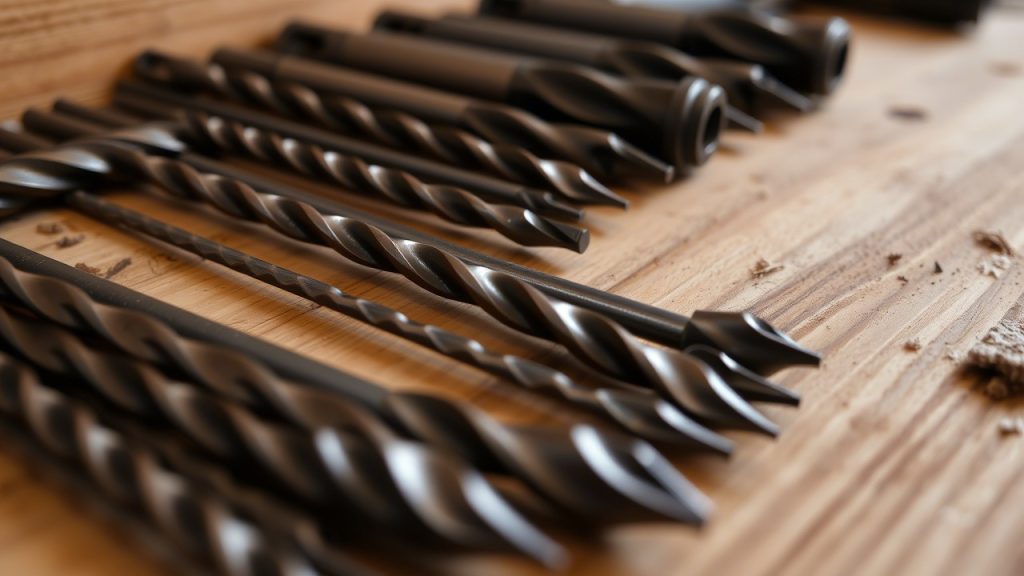
2. Build a Floating Shelf
Floating shelves are a fantastic way to add both style and functionality to your home. With a drill, you can create a sleek, minimalist floating shelf that looks great in any room.
Materials Needed:
- Drill and drill bits
- Wood (for the shelf)
- Wall anchors and screws
- Level
- Brackets (optional)
How to Do It:
- Choose your wood: Pick a type of wood that matches your décor style. You can go for reclaimed wood for a rustic look or choose a smooth, modern finish for a contemporary vibe.
- Measure and mark the shelf height: Use a level to ensure the shelf is straight. Mark the wall where you want the shelf to be installed.
- Drill holes for wall anchors: Drill pilot holes into the wall at the marked spots, ensuring they align with the brackets or supports.
- Attach the shelf: Use screws and wall anchors to mount the shelf to the wall. If you’re using brackets, make sure they are sturdy enough to hold the weight.
Pro Tip: To enhance the shelf’s look, consider using L-shaped brackets or floating shelf brackets for a more seamless appearance.
3. Drill a Customized Wine Rack
For wine lovers, creating a custom wine rack can be a rewarding and practical project. With just a few simple materials and the right drill bits, you can make a stylish wine rack that fits perfectly into your home.
Materials Needed:
- Drill and drill bits
- Wood (shelves, slats, or boards)
- Screws and wood glue
- Wine bottle holders (or dowels)
- Sandpaper and finish
How to Do It:
- Design your rack: Decide on the style and size of your wine rack. You can create a vertical or horizontal rack, depending on your space.
- Cut your wood: Use a saw to cut the wood pieces for the base and sides. Sand the edges to smooth them out.
- Drill holes for bottle placement: Drill evenly spaced holes or dowel slots where the wine bottles will sit.
- Assemble the rack: Use screws and wood glue to assemble the frame. Attach the dowels or holders for the wine bottles.
- Finish your rack: Sand the entire surface to remove rough spots, and apply a wood finish for durability.
Pro Tip: Use wine corks or decorative accents to add a personal touch to your wine rack.
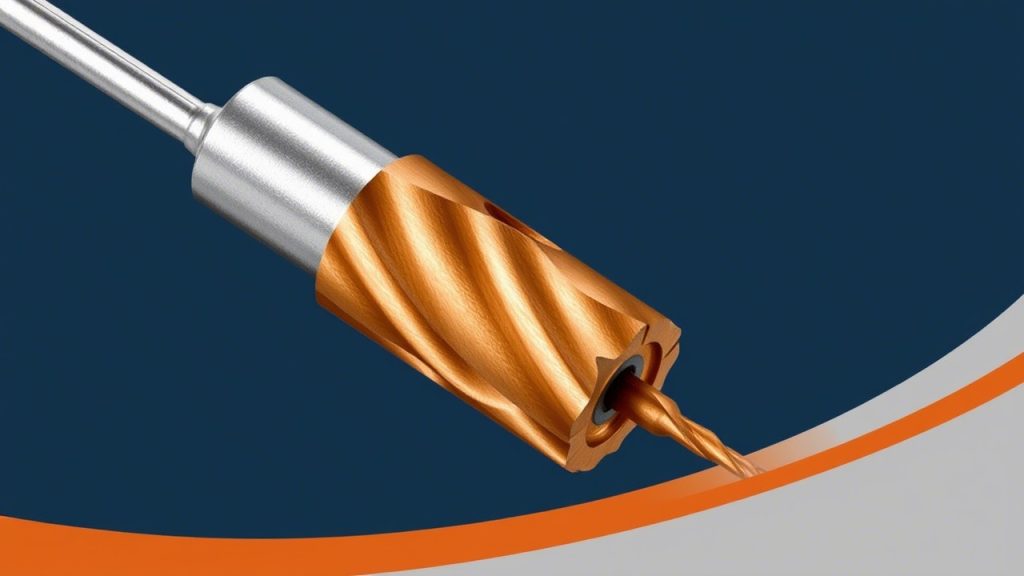
4. Install a Pegboard for Organization
A pegboard is a fantastic way to keep your tools and DIY supplies organized. With a drill, you can install a pegboard in your garage, craft room, or workspace to keep everything in place and easily accessible.
Materials Needed:
- Drill and drill bits
- Pegboard
- Pegboard hooks
- Screws and wall anchors
- Tape measure and level
How to Do It:
- Choose your wall: Select a wall where you want to install the pegboard. Measure the space to ensure the pegboard fits properly.
- Mark the mounting holes: Use a tape measure to mark where the screws will go, ensuring they are spaced evenly.
- Drill pilot holes: Drill the pilot holes for the screws, and insert wall anchors if necessary.
- Mount the pegboard: Attach the pegboard to the wall using screws, ensuring it is level.
- Add hooks and accessories: Hang your tools, scissors, paintbrushes, and other supplies on the pegboard to create a functional and organized space.
Pro Tip: Customize your pegboard with different hooks, shelves, and bins to accommodate various tools and accessories.
5. Create Unique Wooden Coasters
Wooden coasters add a rustic touch to your home décor and are relatively easy to make with a drill. You can create coasters in various shapes and sizes to suit your style.
Materials Needed:
- Drill with a hole saw attachment
- Wood slices or small pieces of wood
- Sandpaper
- Wood finish or sealant
How to Do It:
- Choose your wood: Select wood slices or small wooden boards. You can also use reclaimed wood for a rustic touch.
- Drill the coasters: Using a hole saw attachment, drill holes into the wood to create circular coasters.
- Sand the edges: Sand the edges of the coasters to smooth out rough spots.
- Finish the coasters: Apply a wood finish or sealant to protect the coasters and give them a polished look.
Pro Tip: For a fun twist, you can personalize the coasters by adding custom designs, initials, or patterns using a woodburning tool.
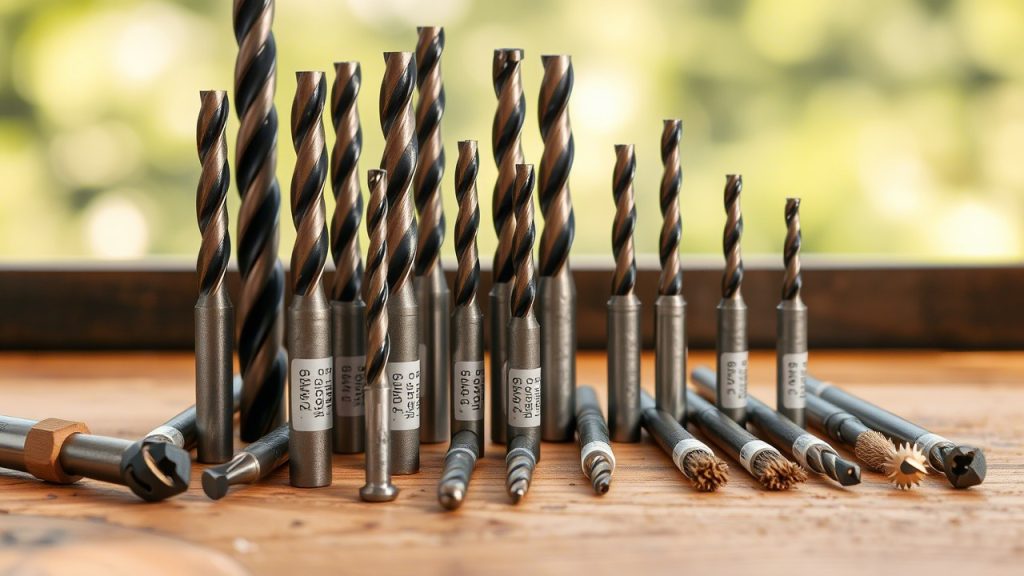
6. Drill Custom Drawer Pulls
Want to upgrade your cabinets or drawers without replacing them? Drilling custom drawer pulls is an affordable and easy way to give your furniture a fresh new look.
Materials Needed:
- Drill and drill bits
- Drawer pull handles
- Screws
- Measuring tape and pencil
How to Do It:
- Measure and mark: Use a measuring tape to mark where you want the drawer pulls to go. Make sure the placement is consistent on all drawers.
- Drill holes: Use the appropriate size drill bit for your screws and drill pilot holes where the pulls will be installed.
- Install drawer pulls: Attach the drawer pulls with screws, and tighten them securely.
Pro Tip: If you’re looking for an extra creative touch, try using vintage or unique handles to add character to your furniture.
7. Craft a Drill-powered Mixing Paddle
For DIYers who enjoy working with paint, epoxy, or even cement, creating a drill-powered mixing paddle can save you a lot of time and effort. This simple attachment can quickly stir large volumes of liquid or powder without the need for manual stirring.
Materials Needed:
- Drill and drill bit
- Metal rod (for the paddle handle)
- Mixing paddle attachment or flat metal strips
- Screws
How to Do It:
- Create the mixing paddle: Take a long metal rod and attach flat metal strips to create a cross-shape for the mixing paddle.
- Drill the attachment: Drill a hole in the end of the metal rod, which will fit into the drill’s chuck.
- Attach the paddle to the drill: Insert the metal rod into the chuck of your drill and tighten it securely.
- Mixing made easy: Use the paddle to mix your paint, epoxy, or cement with minimal effort.
Pro Tip: Make sure to clean the paddle thoroughly after each use to avoid residue build-up.
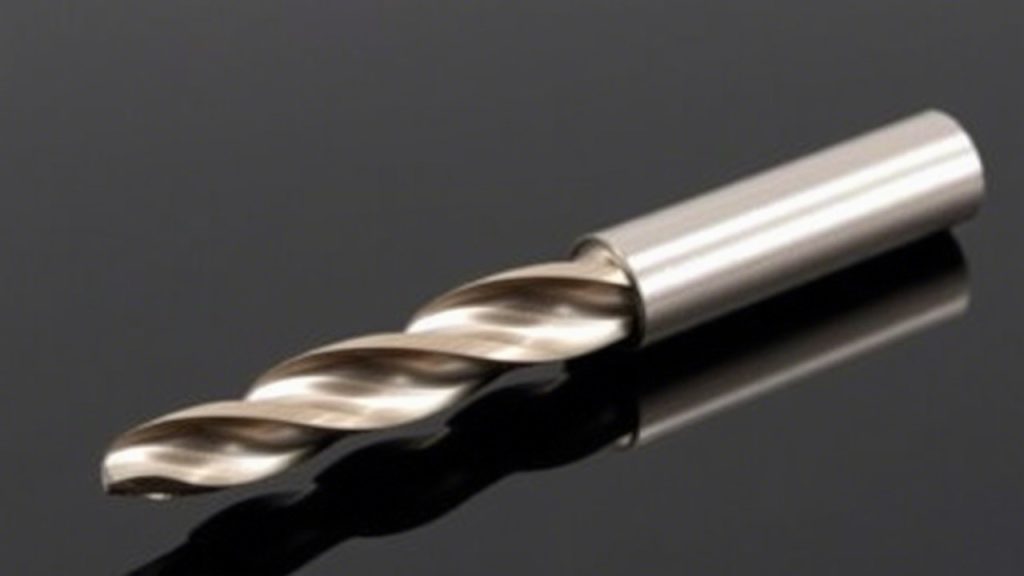
8. Make a Custom Lamp Stand
If you’re into lighting design, you can use your drill to create a unique lamp stand. This simple project can transform an old piece of furniture or a repurposed object into a beautiful lamp base.
Materials Needed:
- Drill and drill bits
- Lamp kit (socket, wire, etc.)
- Wood or metal base
- Decorative pieces (optional)
How to Do It:
- Choose your material: Select wood, metal, or another sturdy material for the lamp base.
- Drill the hole: Drill a hole in the base large enough to pass the lamp wire through.
- Assemble the lamp kit: Install the lamp socket, wire, and switch according to the instructions on the kit.
- Add decorative touches: Paint or decorate the base as desired, then install a lightbulb.
Pro Tip: Use an old wine bottle or tree branch as the lamp base for a rustic, eco-friendly look.
9. Make a Personal DIY Key Holder
Create a custom key holder that doubles as a stylish accent piece for your hallway or entryway. This project combines function and beauty in one neat, practical package.
Materials Needed:
- Drill with appropriate bit
- Wood board or scrap wood
- Decorative hooks or pegs
- Screws
How to Do It:
- Choose your base: Select a sturdy piece of wood to serve as the base of your key holder.
- Drill hook holes: Measure and mark where you want your hooks or pegs to go, then drill pilot holes.
- Attach hooks: Screw in your hooks or pegs and ensure they are secure.
- Mount the key holder: Attach the key holder to the wall using screws and wall anchors.
Pro Tip: Personalize your key holder with decorative paint, stencils, or carvings for a unique, custom touch.

10. Drill Holes in Wood for String Lights
Create a whimsical outdoor ambiance by drilling holes in wooden boards or garden posts to hang string lights. This is a simple yet effective way to add a charming, glowing atmosphere to your outdoor space.
Materials Needed:
- Drill and drill bits
- String lights
- Wooden boards or posts
- Screws (if needed)
How to Do It:
- Choose your wooden surface: Select a piece of wood or outdoor posts where you want to hang the string lights.
- Drill holes: Drill holes in the wood large enough for the string light hooks or clips to fit through.
- Hang the lights: Install the string lights, ensuring they are secure and spaced the way you want them.
Pro Tip: Use LED string lights for energy efficiency and longer-lasting illumination.
11. Create a Custom Picture Frame
If you enjoy personalizing your home décor, a DIY picture frame project is a great way to use your drill creatively. Not only will you get a unique frame, but you’ll also have fun during the process.
Materials Needed:
- Wood
- Drill and drill bits
- Saw
- Screws or nails
- Sandpaper
- Picture hangers
How to Do It:
- Cut the wood: Cut the wood into equal-sized pieces for the frame.
- Drill pilot holes: Drill small holes for assembling the pieces of the frame.
- Assemble the frame: Use screws or nails to attach the wood pieces together to form a rectangular or square frame.
- Finish the frame: Sand the edges and apply paint or wood stain.
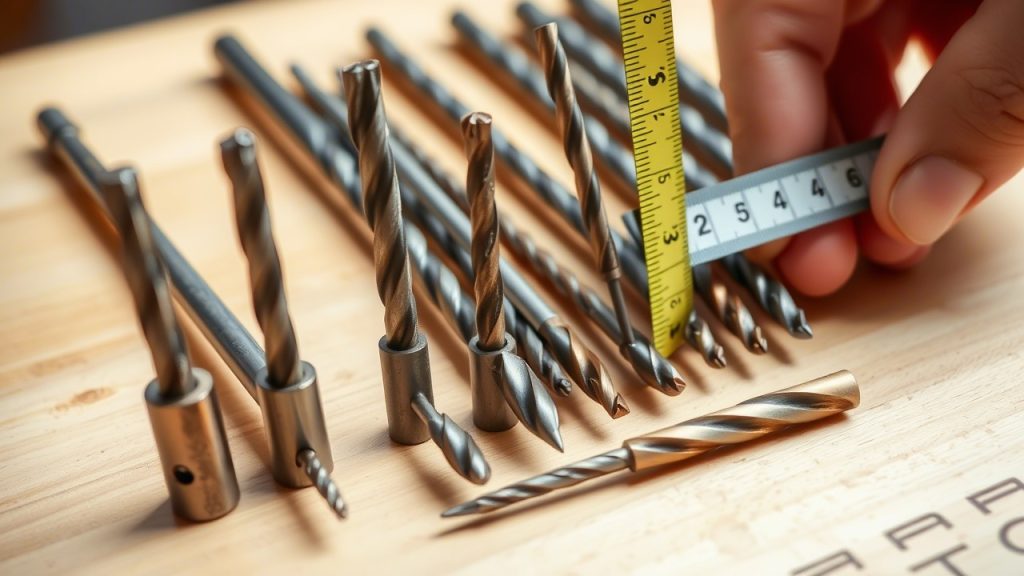
12. Make Your Own Wooden Planters
Create custom wooden planters for your indoor plants or garden. These are not only functional but also a beautiful addition to any home.
Materials Needed:
- Wood
- Drill and drill bits
- Screws or nails
- Paint or stain
- Plants or soil
How to Do It:
- Cut the wood: Measure and cut the wood to create the sides of your planter.
- Drill holes: Drill drainage holes at the bottom for proper water flow.
- Assemble the planter: Attach the pieces together using screws or nails.
- Paint or stain: Finish the planter with paint or stain to protect it from the elements.
Pro Tip: Use a plastic liner to protect the wood from water damage.
10 FAQs About Drilling
1. What drill bit should I use for wood?
- For wood, a standard wood drill bit works best. These bits typically have a pointed tip that helps guide the drill, ensuring smooth and precise cuts.
2. How do I know which drill speed to use?
- For soft materials like wood, use a moderate speed. For harder materials like metal, use a slow speed to avoid overheating the drill bit.
3. Can I use my drill on concrete or brick?
- Yes! You can use your drill on concrete or brick with a masonry bit. If you need extra power, a hammer drill is ideal for these materials.
4. How do I prevent my drill bit from dulling quickly?
- Use the correct drill bit for the material, apply even pressure, and avoid excessive heat. Lubricating metal with cutting oil can also extend the life of your bits.
5. What’s the best way to ensure accurate drilling?
- Always mark the spot where you want to drill with a pencil, use a center punch to create an indentation, and use a level for alignment.
6. What’s the difference between a drill and a hammer drill?
- A regular drill spins the bit, while a hammer drill adds a pulsing motion that helps drill into hard surfaces like concrete and brick.
7. How do I drill a hole in tile without cracking it?
- Use a diamond drill bit and go slow with light pressure. It’s also helpful to apply masking tape to the surface to prevent slipping.
8. Can I use my drill to drive screws?
- Yes! Most drills have a clutch setting that allows them to act as a screwdriver. Make sure you have the right bit for the screws you’re using.
9. How deep should I drill for screws?
- The hole for a screw should be slightly smaller than the screw’s diameter. For depth, it should be the same as the screw length or slightly deeper if you’re drilling for anchors.
10. What’s the best drill for beginners?
- A cordless drill with variable speed and a keyless chuck is a great option for beginners. It’s versatile, easy to use, and works well for most DIY tasks.
Conclusion
The drill is an incredibly powerful tool, and by expanding your skill set, you can use it to create functional, beautiful, and impressive DIY projects. Whether you’re building furniture, organizing your home, or adding decorative accents, these 12 brilliant drill ideas will help you take your DIY game to the next level. By mastering a few key techniques and learning to choose the right materials, you’ll be well on your way to becoming a DIY pro!





